Chieftain Thunderbird Low D Whistle Review
The Chieftain Thunderbird is one of the more popular low D whistle models around. It’s designed and built by Phil Hardy, who learned to make low whistles from the inventor of the instrument, Bernard Overton. Hardy has created a fairly loud low D whistle with a fat, reedy tone, hence the “Thunderbird” name. I had been looking for a low whistle with a bit of oomph, and bought this about a year ago. Here’s my full review!
Construction
Unlike most low D whistles, which have some combination of plastic, delrin, metal, and/or other substances, the Chieftain Thunderbird is entirely made of aluminum. It is very solid, and I often joke that it could be used as a weapon if need be. Luckily, I haven’t yet had to use it as such!
Otherwise, there’s not too much to say about the construction. It’s certainly not fancy, and it only comes in one color (silver). There is a very simple elegance to its look, and I actually prefer it over busier/more colorful whistles. One thing to note is that the surface does show scratches pretty easily. They buff out, and giving it a polish every now and then will keep your whistle nice and shiny. Personally, I like my instruments to look like I play them, so the scratches don’t bother me.
Tuning
I originally bought a fixed-pitch low D. However, upon receiving it, I found that it was sharp of concert pitch (A=440). It played well, but being a fixed-pitch whistle, I couldn’t really keep it. I emailed Phil Hardy, who was very polite and said I could exchange it with him free of charge. Luckily, the store I bought it from had a good return policy, and I ended up sending it back to them and buying a tunable whistle.
That’s a pertinent anecdote when it comes to whether to buy a fixed-pitch or tunable whistle. I have no doubt that I got a rare lemon, and most fixed Chieftain low D whistles are spot-on. But without a tuning slide, there’s no wiggle room. I prefer having the safety of a tuning slide to adjust as needed, especially playing with others.
The tuning slide on the Thunderbird low D works smoothly and allows plenty of room to tune. It has synthetic cork to help the seal, and comes pre-greased.
Breath Requirements and Playability
Like all low whistles, the Thunderbird does require a lot of air. It takes a little more breath than the usual low whistle, especially on the top. Because of this, it would not be my first recommendation for a beginner. However, it’s certainly not unmanageable for anyone who already plays the low whistle. Even newcomers will probably be OK after a bit of an adjustment period.
The reach is also a little wider than other low whistles. The Thunderbird has a wide cylindrical bore, and the holes are rather large. There’s no option for ergonomic hole spacing, and players with small hands might find it a bit too much of a reach. That being said, my average-man-sized hands don’t have any issues using the usual piper’s grip.

Volume
The Chieftain Thunderbird low D whistle is designed for volume. It’s still not loud in comparison to most instruments, and certainly not in comparison to Chieftain’s high D whistle. It does, however, have a good bit more volume than your average low D whistle. Hardy
A question I’ve seen come up a lot on Chiff and Fipple and The Session is some variation on “what low D for a session?” It’s really tough to play a low whistle at anything but the smallest session, because of their inherent lack of volume. However, if you do want a low D whistle that at least has a chance of being heard, the Chieftain is a good bet. The second octave is certainly loud enough, and the top of the first has good volume as well. The lower notes (F# and down) will get drowned out, but that’s true of any low D. Just don’t sit next to a banjo or accordion player, or all bets are off!
Tone
The Chieftain Thunderbird produces a strong, full tone for a low D whistle. It certainly won’t be mistaken as a recorder, but it’s not nearly as breathy as many other low whistles out there. The low octave is nice and round, with a dark edge. The upper octave introduces a bit more “chiff,” but keeps that nice round tone for the most part.
Some people like a flute-like whistle, with a reedier, fatter tone. This is what the Thunderbird low whistle is designed for, and it delivers. If you’re looking for the “cosmic drainpipe” sound, breathier and bit more complex, this may not be the whistle for you. The Chieftain V5 is designed to be softer, with more of that chiff and a bit more complex tone.
Conclusion
Overall, I think this is a great whistle for what I’m looking for. While the low whistle is not a great session instrument, the Chieftain Thunderbird is at least somewhat audible in smaller sessions, more than can be said for most. It has a fatter, more robust tone than most other low D whistles I’ve tried. This appeals to me, but those looking for something a bit more complex might prefer another model, like the Chieftain V5.
The one drawback to this whistle is the reach. I have average hands for a man, and it’s doable, but it’s not necessarily easy. The holes are large, and the bore is wide. If you have smaller hands, or trouble reaching, you should definitely try before you buy. A more ergonomic whistle like the Dixon tapered-bore low D might be a better fit for anyone who finds the Chieftain too tough.
Otherwise, as with the Chieftain high D whistle, Phil Hardy has made a great instrument. The Chieftain Thunderbird is one of the best low D whistles I’ve played, and works well for sessions, gigs, or just fooling around at home.
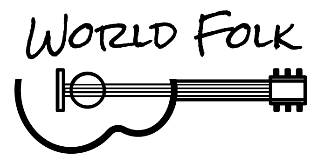
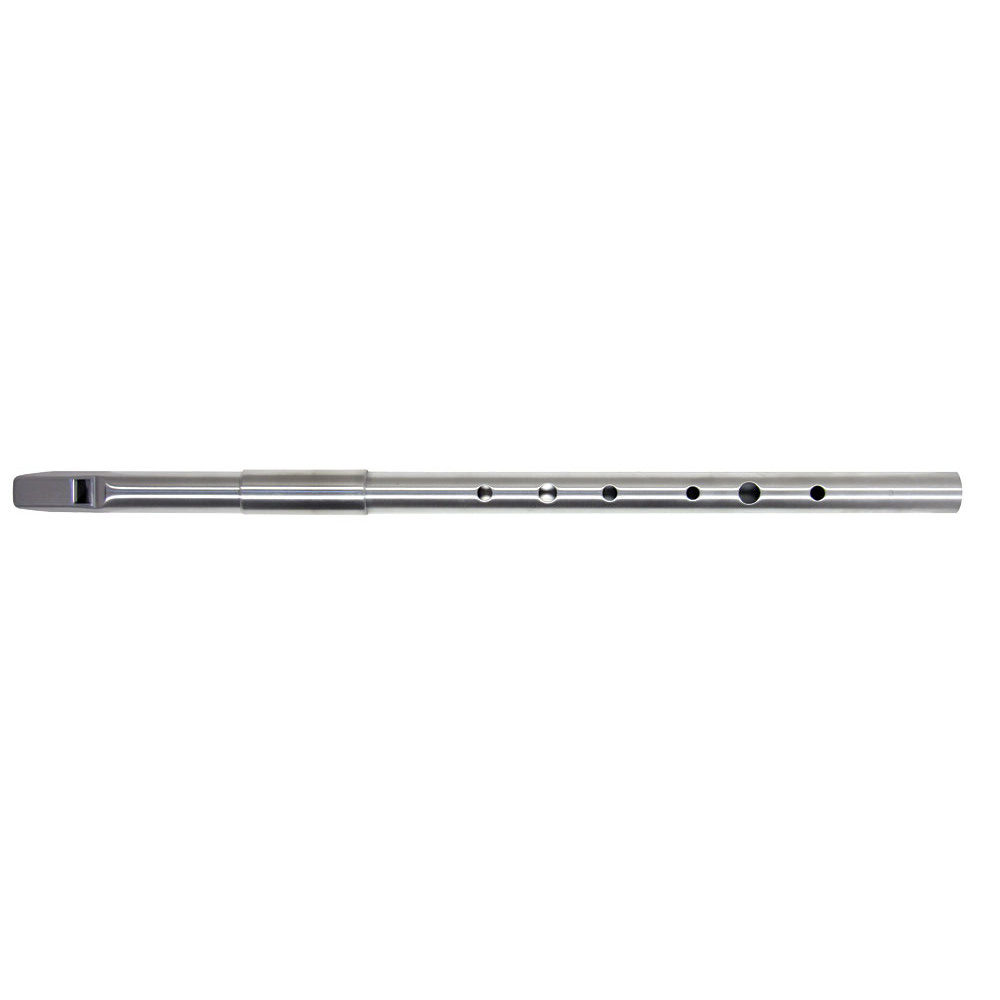
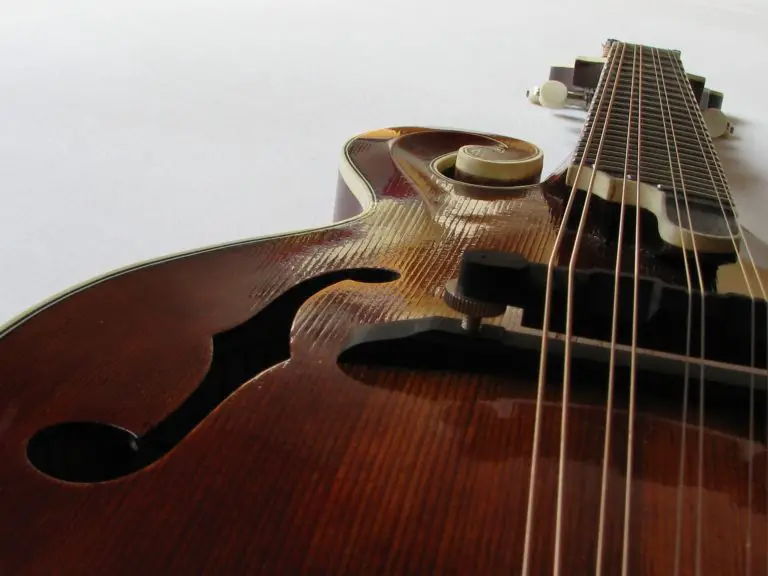
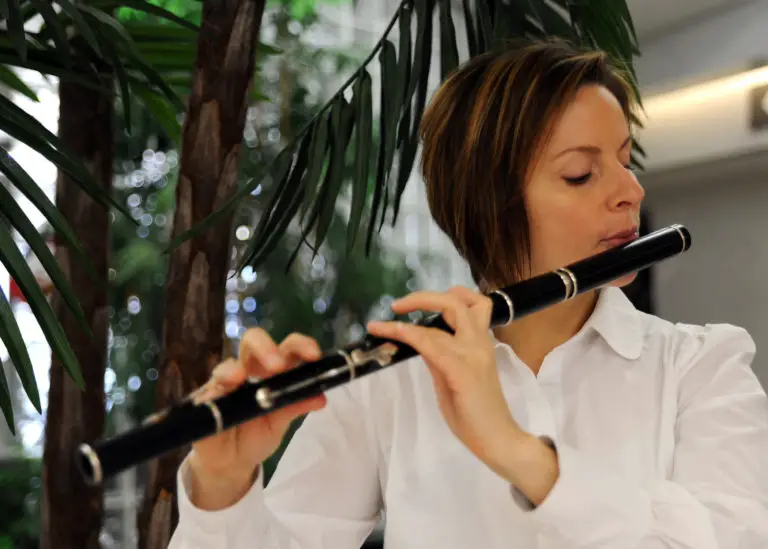
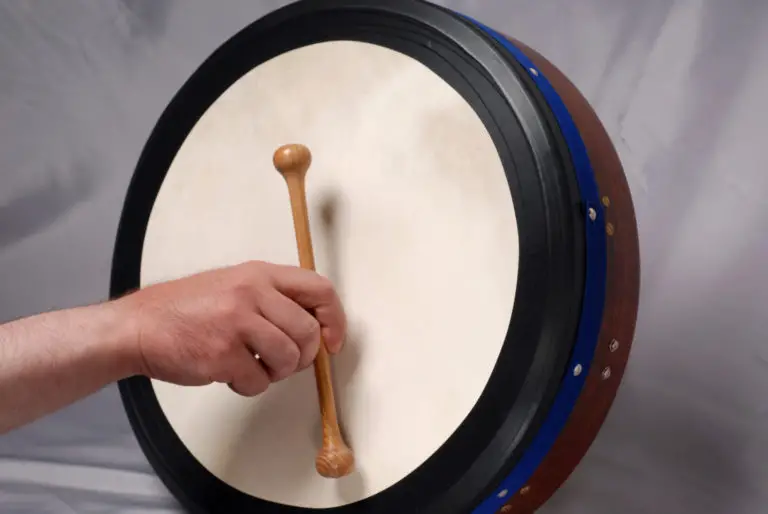

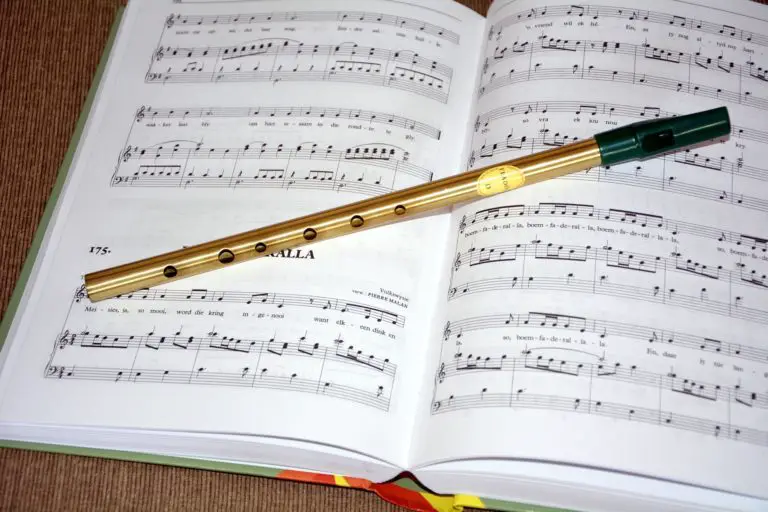
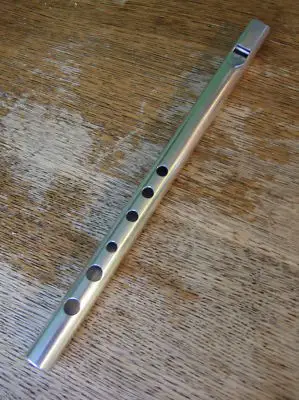
Hello.
I bought a Chieftain fixed G in London in 2004, but when I came home to Norway I found to my dismay that it was quite a bit flat so I never used it much. Then some weeks ago I tuned one of my guitars to A 432 after reading an article on the subject and after a while I got out my flat Chieftain and to my surprize it was right in tune. Do you know of any other Chieftains tuned to A 432? If they made flutes like that I’m unable to find any info about it, not to mention being pissed at the shop for not telling me.